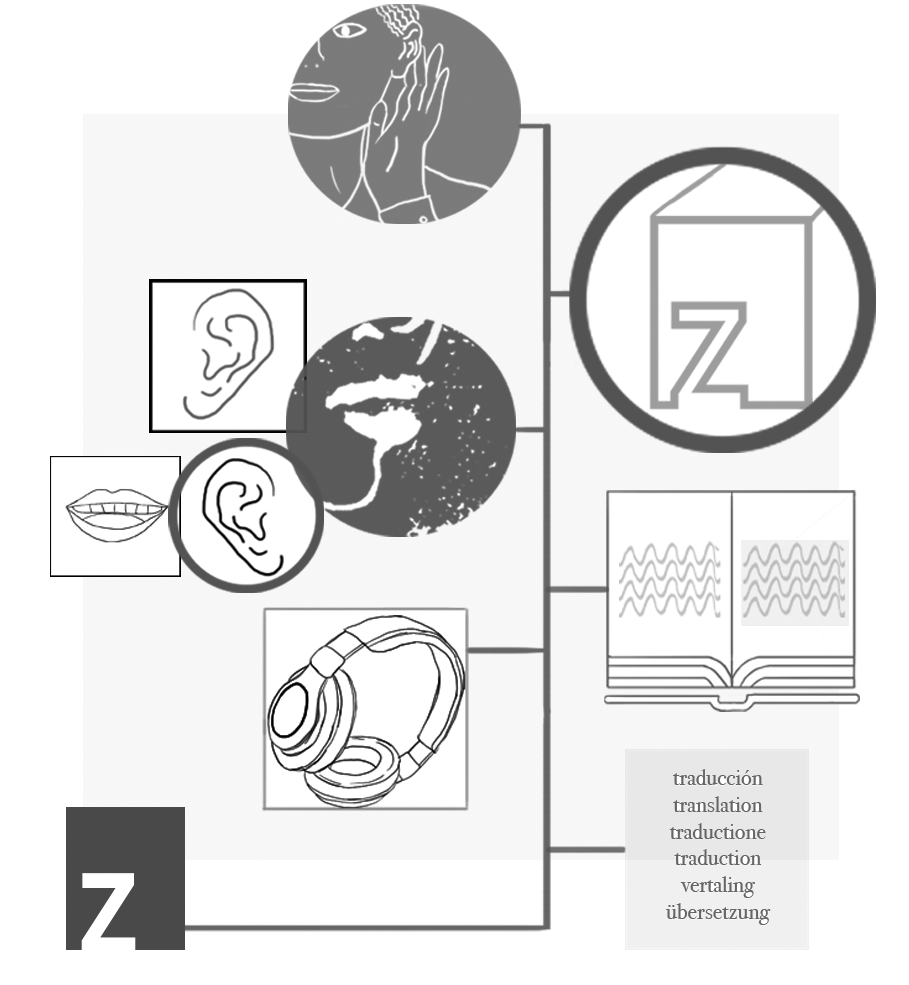Services
For those unfamiliar with language interpreting, we explain the characteristics of the services we offer below. There are three basic types of language interpreting: simultaneous, consecutive, and liaison.
In simultaneous interpreting, the interpreter orally translates the speaker’s words at the same time as the speaker is speaking them. The translation may be heard through headphones. For this purpose the simultaneous interpreter uses a microphone connected to a special device. As this work is extremely demanding, interpreters always work in teams of two for each language in order to take turns, provide support and ensure the quality of the translation.
From a technical perspective, for online events there are various platforms that accommodate simultaneous translation into different languages: we would be happy to advise you in this regard. For face-to-face events the pair of interpreters should ideally be in a translation booth. This provides sound-proofing which allows them to concentrate, while also preventing interpreters’ voices from mixing with the ambient sound in the room. That said, Zenobia also offers technical alternatives for those situations in which it is not possible to provide booths. We also provide solutions for hybrid events in which some of the speakers and/or audience members are online and others are physically present.
Simultaneous interpreting is very useful for events in which one or more speakers are presenting in different languages, in which it is important that the words of the speaker be followed by the audience without interruption. This is the case for conferences and congresses, court hearings, telephone conferences, television and radio broadcasting, video-conferences, etc.
Consecutive interpreting involves the interpreter taking notes while the speaker speaks. When the speaker finishes, the interpreter repeats the speech in the target language. For long speeches or presentations, the speaker must pause periodically to allow time for translation. In this modality, the interpreter sits beside the speaker and works alone, though it is recommended that interpreters take turns every two hours.
Consecutive interpreting is ideal for small gatherings. It works well in negotiations, press conferences, etc. It can also be used at conferences and conventions when a full simultaneous interpreting setup is unavailable.
Lastly, liaison interpreting is used for international visits. The interpreter accompanies the guest and whispers all the information the hosts or others wish to convey. The interpreter also translates whatever the guest wishes to say consecutively. This modality is appropriate for interviews and can be effectively combined with simultaneous or consecutive translation for conferences or events with one or two guests who do not speak the main language.
In all these modalities:
- We adapt to your needs and resources. We offer different budgets for the event you are organizing, seeking a balance between the modality most appropriate to the event and the resources you can dedicate to this. We are experts in finding creative solutions.
- We are all-terrain. While we prefer to work from a translation booth, we have plenty of experience doing simultaneous interpreting from within the conference hall or using mobile devices. The latter option works well for guided visits.
- We take measures to ensure quality:
- We assign each translation to the member(s) of our team or our network most familiar with the subject matter to be discussed.
- We establish direct contact with the organizers of the event as well as the invited speakers (if the organizers consider this appropriate).
- We prepare for each translation by compiling and studying related materials in order to familiarize ourselves with the specific characteristics of participants’ discourse. We review texts and public talks (written or recorded) by the speakers as well as any previous translations of these works, other texts and/or talks addressing similar issues, as well as related literature in both the original and destination languages.
- We identify key terminology and points of reference in the original discourse as well as best standard equivalents in the destination language. With this we prepare a basic glossary to which we may refer while working.
- We apply dramatic and expressive voice techniques in order to transmit the nuances and tonalities of the original discourse.

